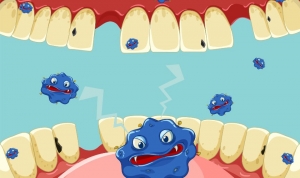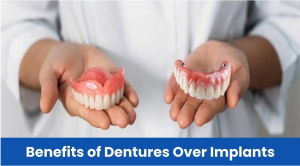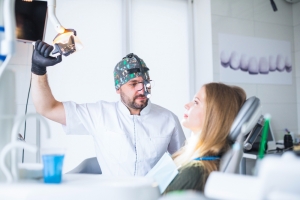Dental care and orthodontics are two closely related fields within the realm of oral health, each with its own focus and objectives. While both disciplines aim to maintain and improve oral health, they encompass distinct specialties and treatment modalities. This article explores the differences between dental care and orthodontics, shedding light on their respective roles, procedures, and patient populations.
A Foundation for Oral Health
Often referred to as general dentistry, this serves as the cornerstone of oral health maintenance. General dentists, such as the team at northstonydental.com, are primary care providers who offer a wide range of preventive, diagnostic, and therapeutic services to address various dental concerns. Their primary focus is on preserving natural teeth, preventing oral diseases, and promoting overall well-being through optimal oral health practices.
Key Aspects of Dental Care:
- Preventive Services: Dental care emphasizes preventive measures such as regular dental examinations, cleanings, and fluoride treatments to minimize the risk of dental problems such as cavities, gum disease, and oral infections.
- Restorative Treatments: General dentists perform restorative procedures such as dental fillings, crowns, and root canal therapy to repair damaged or decayed teeth, restore functionality, and alleviate pain.
- Periodontal Care: Dental care encompasses periodontal therapy to treat gum disease, including procedures to remove plaque and tartar buildup from below the gum.
- Oral Surgery: General dentists may perform minor oral surgical procedures such as tooth extractions, including impacted wisdom teeth removal, to address dental issues that cannot be resolved through conservative measures.
- Cosmetic Dentistry: While not essential for oral health, cosmetic dentistry focuses on enhancing the appearance of someone's teeth and smile through procedures such as teeth whitening, dental veneers, and cosmetic bonding.
Aligning Smiles for Optimal Function and Aesthetics
Orthodontics is a specialized branch that focuses on diagnosing, preventing, and correcting misaligned teeth and jaws. Orthodontists are dental specialists who undergo additional training beyond dental school to specialize in the diagnosis and treatment of orthodontic issues. Their expertise lies in aligning teeth and jaws to improve function, aesthetics, and overall oral health.
Key Aspects of Orthodontics:
- Orthodontic Evaluations: Orthodontists conduct comprehensive evaluations to assess the alignment of teeth and jaws, identify orthodontic problems such as malocclusions (bite misalignments), and develop personalized treatment plans.
- Braces and Aligners: Orthodontic treatment may involve the use of traditional braces, which consist of metal brackets and wires, or clear aligners such as Invisalign®️, which are custom-made removable trays that gradually shift teeth into proper alignment.
- Functional Appliances: In cases of jaw discrepancies or skeletal issues, orthodontists may recommend functional appliances such as headgear or palatal expanders to correct bite problems and facilitate proper jaw growth and development.
- Retention: Following active orthodontic treatment, patients typically wear retainers to maintain the newly achieved tooth positions and prevent relapse.
Conclusion
In summary, dental care and orthodontics are integral components of oral health care, each serving distinct purposes and addressing specific dental needs. While dental care focuses on maintaining oral health, preventing dental problems, and providing general dental treatments, orthodontics specializes in aligning teeth and jaws to optimize function, aesthetics, and overall oral health. Collaborative efforts between general dentists and orthodontists ensure comprehensive care and optimal outcomes for patients seeking to achieve and maintain healthy, beautiful smiles.






